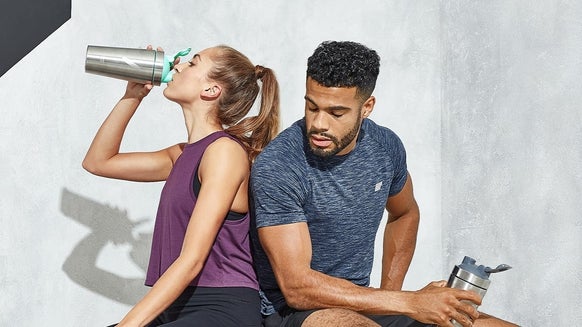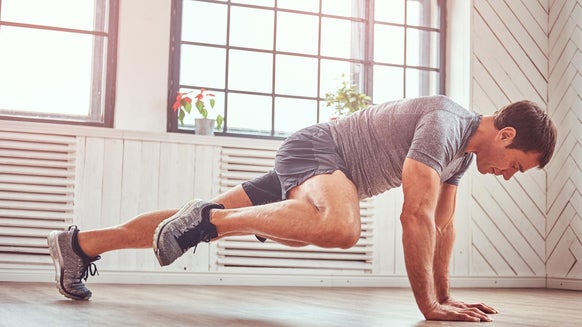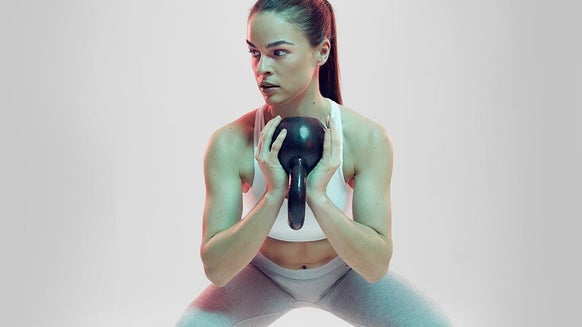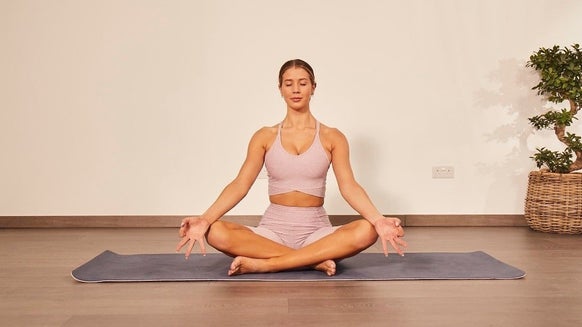Dips Exercise (Triceps) | Technique & Common Mistakes
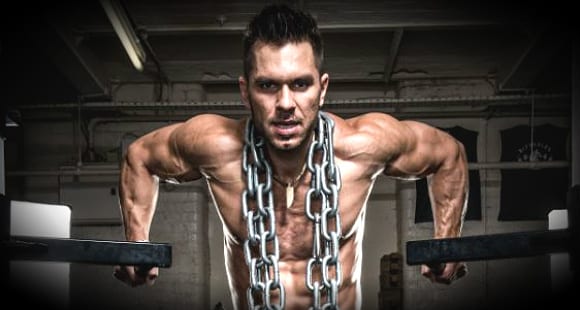
By Myprotein Writer
James Wykes Hobday
Dips are considered one of the few compound exercises that can be applied to triceps training in general. The triceps take up two thirds of your arm - therefore, if you're looking to improve the overall size of your arms, it's important to target these muscles individually.
Below is a step-by-step guide on how to perform dips, accompanied by common mistakes associated with the exercise.
Whilst it is a compound exercise involving the chest, shoulders and triceps, it is important to mindfully focus on the triceps whilst performing the exercise.
Triceps Dips |
Exercise Technique
1) At the beginning of this exercise, step on to the dip machine so that you are in the higher phase of the exercise to start with.
2) To begin this exercise, stand with your hands gripped onto the dip bars in a pronated (palms facing downwards) position.
From this stage, your arms should be fully extended/locked out and directly above the two bars.
3) As your elbow flexes, inhale and gradually lower yourself down as far as possible.
Ideally, you should be lowering yourself down until your arm perceives a 90-degree angle (between the upper arm and the forearm)
Like any standing triceps movement, remember to keep your elbows positioned closely to your torso. Furthermore, make sure your body is positioned upright with a straight back and head facing forwards.
4) Next, exhale and return yourself back to the starting position, solely using your triceps to generate the push.
Note | Using your triceps for the push instead of your chest is the key to development.
Tricep Dips |
Common Mistakes
✗ Confusing a Chest Dip With Triceps Dips
Similar to other compound movements such as the squat and deadlift, the dip can be orientated in different positions in order to target different muscles. In this case, positioning yourself different position is going to either target your triceps or your chest.
Leaning slightly forward is going to target the chest, whereas positioning yourself bolt upright is going to place all the tension on your triceps. Bare this in mind and put it into practice when training your chest and triceps. Be sure to not confuse the two.
✗ When it is too hard
Don’t panic if you find this exercise difficult, it is! Due to the positioning, the isolation of the triceps, and zero lower body stabilisation/involvement; some may find this exercise tough. To regress the movement, use the machine assistance to help stabilise you and bring you upwards throughout the movement and have a training partner pull you up from the legs. Alternatively, use a bench to practice the dip movement on until progressing onto the dip bars.
✗ When it is too easy!
The foregone mistake can also be reversed, once this exercise has been ‘mastered’, people become complacent and completely forget the method of progressive overload!
For example, if one week you perform 3 sets of 12 repetitions on bodyweight dips; next week, add some resistance (maybe a dumbbell or kettlebell between the legs) to the exercise or perform 13 repetitions, maybe 4 sets, perhaps less rest time.
✗ Performing Too Quickly
Similar to almost any exercise, performing an exercise too quickly will result in minimal progress. Working muscles are developed via constant tension, and this tension is increased by continuously overloading the muscles on a weekly basis. Slowing down exercises and applying a sufficient tempo is what is going to increase this time under tension; performing the exercises fast will do the opposite.
Next time you perform this exercise, try applying the following training tempo; lower yourself down for two to three seconds, pause at the bottom before powerfully exploding upwards for one second. Essentially, perform the eccentric (stretching of the muscle fibres) slowly and perform the concentric (shortening of the muscle) explosively.
✗ Going too high or too low
Not going low enough is going to result in a real lack of triceps engagement as the elbow is not generating enough flexion/extension to cause it and going too low is going to put detrimental strain on the shoulder joint and as a result cause various shoulder injuries such as rotator cuff tears.
To prevent this from occurring, keep an eye on your arms and make sure that there is a ninety degree angle being generated in relation to your upper arm and forearm.
✗ Poor Elbow Positioning
As stated earlier, elbow positioning during triceps movements is key. The minute that you allow your elbows to flare out of position, the tension is taken away from your triceps and placed on your shoulders, this will put them under undesired strain and are susceptible to injury.
In order to prevent this, try using one of the previously mentioned regression methods until your form is correct.



